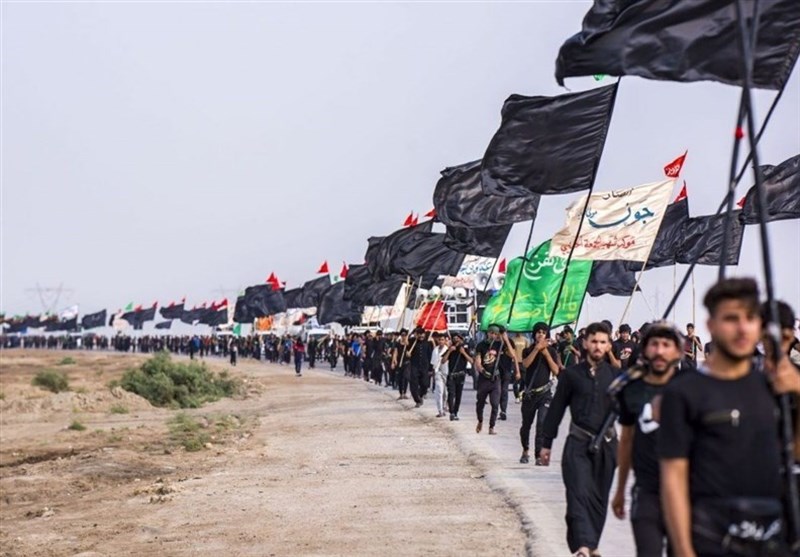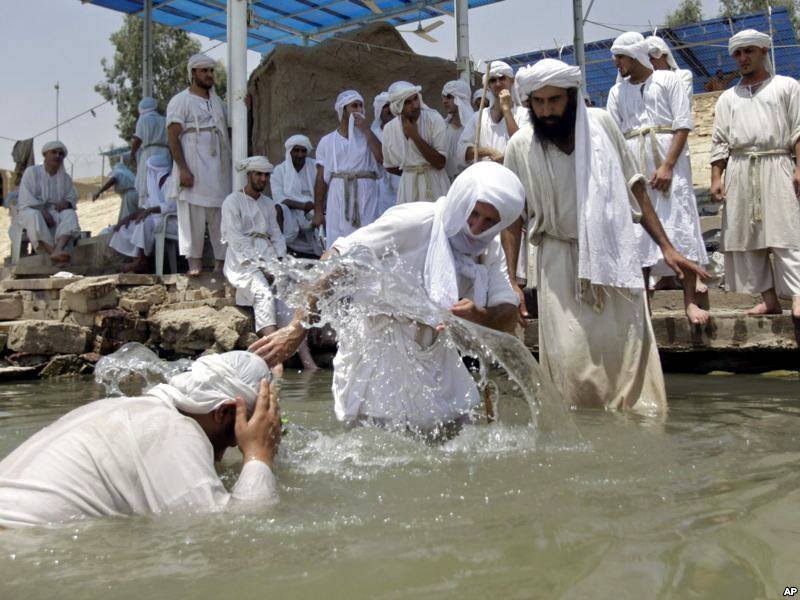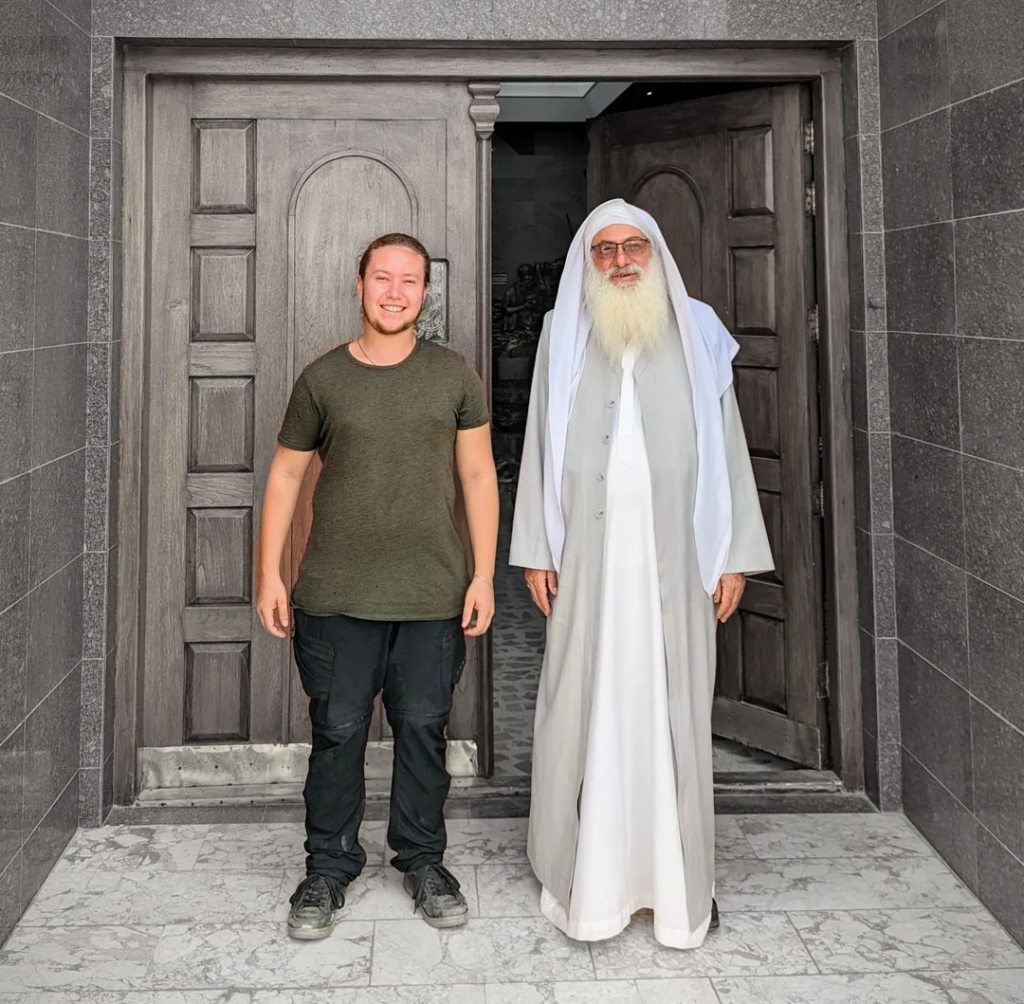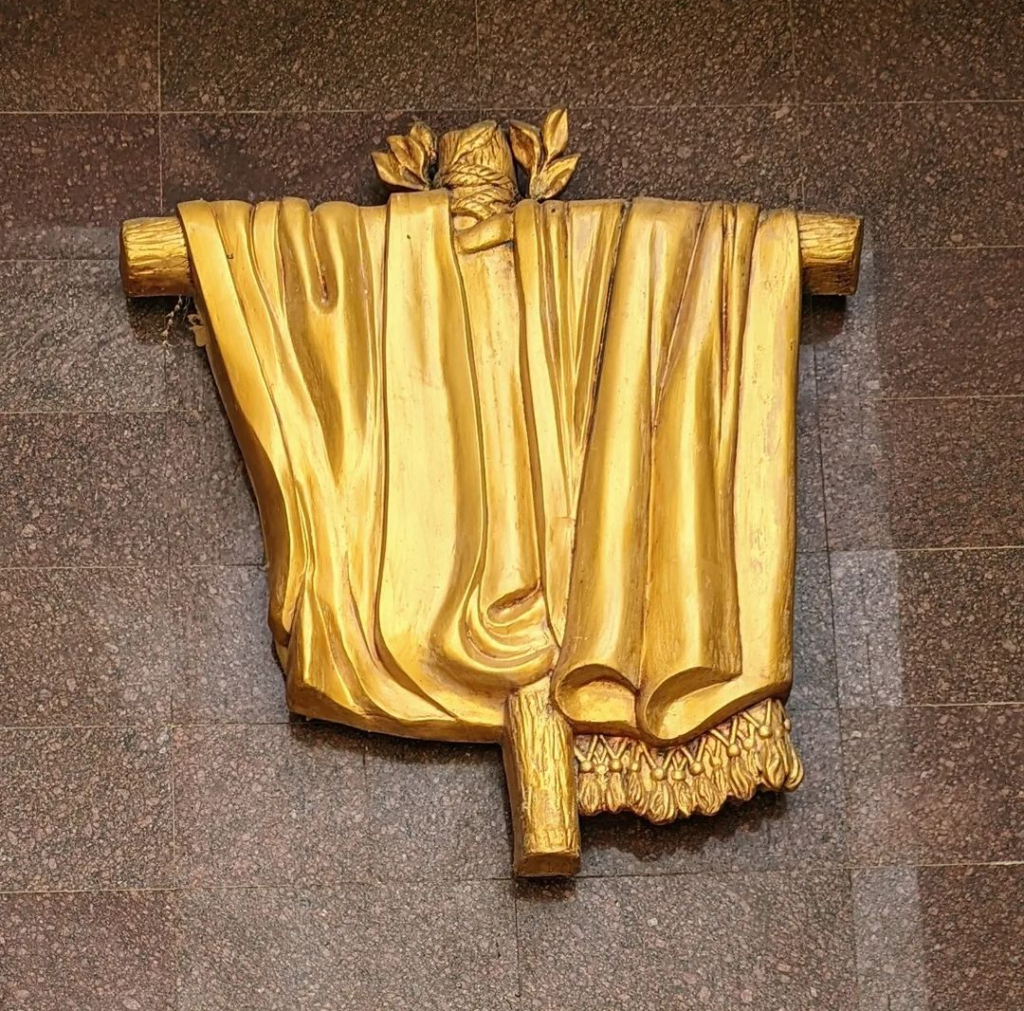Many people know that the Arba’een pilgrimage to Iraq, is the world’s largest annual public gathering. In some years, the city of Karbala hosts more than 20 million visitors, such as in 2022, as reported by Al Jazeera. But this was not always the case. In fact, during the rule of deposed President Saddam Hussein, this entire pilgrimage was banned. In this article, I’m going to be going through the history of Arba’een and what it actually is.
Arba’een literally means ‘forty’ in Arabic, marking the end of the forty-day mourning season following the martyrdom of Imam Hussein, the grandson of prophet Muhammad (pbuh) and an extremely important figure for Muslims, especially those of the Shi’ite sect. To mark the end of the mourning period, pilgrims make their way to the city of Karbala, where Imam Hussein (Husayn) was martyred. Currently, most people start their pilgrimage in the holy city of Najaf, about 75 kilometres away, and walk to Karbala from there. However, some people walk all the way from Basra, in southern Iraq, or Mashhad in Iran, which is thousands of kilometres away. That’s a long way to walk!
The sight of the pilgrims walking to Karbala is truly one to behold. Volunteers set up these little tents and shelters beside to the road in order to provide the pilgrims with free food, water, accommodation, and more. Imagine feeding 20 million pilgrims, for free! That is a lot of food.
But what is the history of Arba’een?

How did the pilgrimage start?
Most people believe that one of the prophet Muhammad’s companions named Jabir Ibn Abdallah was the first person to make the pilgrimage to Imam Hussein’s burial place, 40 days after his martyrdom in the year 680 AD (which is the year 61 in the Islamic Hijri calendar). Jabir Ibn Abdallah’s pilgrimage was all the way from Medina in modern day Saudi Arabia to Karbala, a distance of around 1300 kilometres. However, in the centuries to follow, the tradition of walking to Karbala was not followed by many.
So if people weren’t doing this pilgrimage historically, why are so many people doing it now?
In the year 1901 (1319 Hijri), an Iranian scholar known as Sheikh Mirza Hussein Noori decided to revive the pilgrimage first undertaken by Jabir Ibn Abdallah. He gathered his friends and family to join him, and with a total entourage of about 30 people, he embarked on a journey by foot from Najaf to Karbala. After completion, he decided to do this pilgrimage every year until the day he died, bringing more and more people with him.
Over the years, the numbers of people undertaking the pilgrimage grew, but it wasn’t ever more than the amount of people going to Haj, which is a mandatory pilgrimage for Muslims that can afford it. In recent years, however, going to Haj isn’t easy for everyone. It’s expensive, requires a visa for most, and often you have to be put on a waiting list for years before being accepted. For most of the world’s Shi’ite Muslims, Arba’een is much easier to attend – Iraqi Shi’ites just have to travel within their own country while Iranians and Lebanese don’t have to travel too far either. Visas (if required) are also easier to get than Haj, with many Pakistani and Afghan Shi’ites also attending.
For decades, the Arba’een pilgrimage was banned!
During the rule of Saddam Hussein, Arba’een was completely banned, meaning that during the 1980s and 1990s, very few people took this route by foot. That doesn’t mean that pilgrim flows reached zero, however, with some people still undertaking the pilgrimage in secret, often taking smaller roads where the authorities might not have so much surveillance. My Iraqi friends tell me that during this period of time, those undertaking Arba’een would risk arrest and disappearance, with fears that many of them may have been killed.
Since the US invaded Iraq in 2003, pilgrims started to return to this famous route. Despite low pilgrim numbers during the years of Coronavirus border closures and lockdowns, pilgrim numbers are still rising year on year. During the rest of the year, Karbala has a population of less than 1 million. So you can only imagine how crowded it gets when there are 20 million people in town! The history of Arba’een was quite humble compared to it’s modern day numbers!
Interested in experiencing Arba’een?
Well, we run tours to Iraq during Arba’een, where you’ll be able to walk from Najaf to Karbala with the pilgrims. Non Muslims are welcome, as are people from every nationality. Check out this page for tour dates and information, both to Iraq and Syria.



